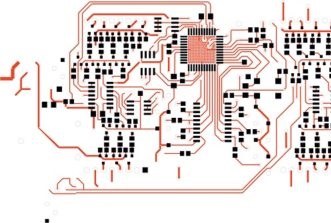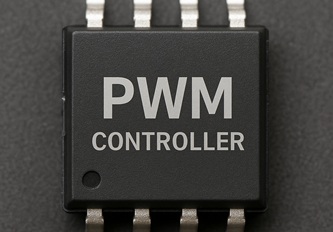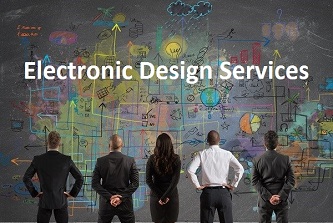“Connext Drive 4.0 Enhances SDV Communication with AI”
Real-Time Innovations (RTI) has introduced Connext Drive 4.0, an advanced communication framework enhanced with artificial intelligence to accelerate the development of software-defined vehicles (SDVs) in various environments such as zonal, HPC, edge-to-cloud, and simulated settings. Based on the DDS standard, Connext Drive 4.0 is specifically tailored to address the safety, security, and real-time performance requirements that are fundamental to modern automotive projects.
For readers of eeNews Europe, this announcement holds particular significance in the realm of DDS-based mixed-criticality systems that are currently being evaluated. It also offers a valuable opportunity for teams looking to streamline their processes by leveraging existing work from simulation to production stages.
Enhancements by RTI
The latest release from RTI focuses on a comprehensive "SDV toolchain," integration with partner solutions, and a range of standard automotive scenarios aimed at minimizing the need for additional code and providing guidance throughout the development, testing, and deployment phases. These scenarios encompass zonal architectures, HPC capabilities for AI tasks like sensor fusion and perception, real-time WAN connectivity for edge-to-cloud operations, and complete simulation support with AUTOSAR workflow compatibility. Additionally, AI-driven assessments are facilitated through a built-in chatbot and model-based integrations to recommend optimal DDS configurations.
RTI reports that Connext Drive is currently empowering over a million vehicles and is actively utilized by more than 25 automotive companies. This widespread adoption could pave the way for a seamless integration of Connext Drive 4.0 into existing programs with minimal architectural modifications.
Focus on Safety and Security
RTI emphasizes a holistic approach to safety and security for mixed-criticality software in Connext Drive 4.0. The framework aligns with ISO 26262 standards, adheres to ISO/SAE 21434 cybersecurity guidelines, and incorporates pre-shared-key protection mechanisms to ensure confidentiality, integrity, and control within DDS domains. European teams exploring risk management strategies for zonal or centralized compute architectures may find these features particularly beneficial during the conceptualization and validation phases of their projects.
According to Mihai Potoceanu, Senior Product Manager for Automotive at RTI, "Connext Drive 4.0 is engineered to streamline operations and enhance productivity for distributed developer teams. By offering a unified platform for software development, testing, and deployment across diverse environments, teams can concentrate on delivering value rather than grappling with code integration challenges. With the introduction of the new SDV toolchain and other productivity tools, we aim to provide OEMs and Tier 1 suppliers with a more intelligent and adaptable foundation for their applications."
Availability and Deployment
Connext Drive 4.0 is set to be released on November 20, 2025, marking the beginning of a new chapter in SDV development. RTI envisions the platform as a key component in ongoing projects related to autonomy, ADAS, telematics, and zonal programs. For European automotive manufacturers and Tier-1 suppliers transitioning to centralized compute architectures, Connext Drive 4.0 could potentially streamline integration processes by aligning simulation, lab testing, and on-road validation on a unified DDS-based infrastructure.














